Get PeakVisor App
Sign In
Search by GPS coordinates
- Latitude
- ° ' ''
- Longitude
- ° ' ''
- Units of Length

Yes
Cancel
Share ×

Scan the QR code and open PeakVisor on your phone
❤ Wishlist ×
Choose
Delete
Eastern Finland is one of the six former major provinces of Finland that existed from 1997 to 2009, which is still synonymous with this part of the country on the border with Russia. The main feature of Eastern Finland mountains is the Karelides range, which consists of rocky hills that are the highest south of Lapland, that is, on two-thirds of the country. The most famous of these and most prominent is Ukko-Koli (347 m / 1138 ft), but the highest point is Välivaara (379 m / 1243 ft). In total there are 387 named mountains in Eastern Finland. The province is also equal to the Finnish Lakeland with its magnificent water and forest scenery, known far beyond the country's borders. It is also the home to the Kalevala, the main Finnish epic, in the plot of which, nature also plays a central role.
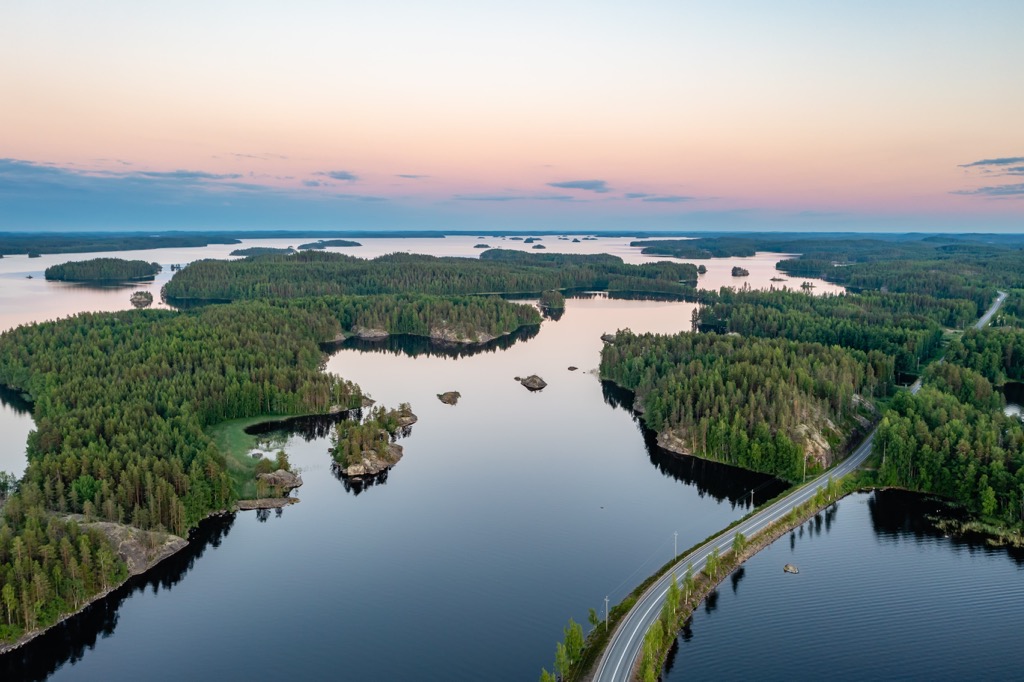
As has become clear, the name of the region comes from its geographical location in the very east of Finland. In Finnish, it is written as Itä-Suomen lääni, in Swedish, the second official language of the country, as Östra Finlands län.
It is worth noting that for Finns themselves, the word “east” means much more than just geography. It's a shrinking region because its borders coincide with the Finnish Lakeland, which they call nothing else but the “Heart of Finland". From here also comes the main Finnish epic “Kalevala”. Eastern Finland is also home to the entire Karelian culture, the key subregion of the country, which includes a lot of things. The most obvious example is karjalanpiirakka or Karelian pies, open pies made of rye flour and filled with potatoes, rice, millet, and other stuffings.
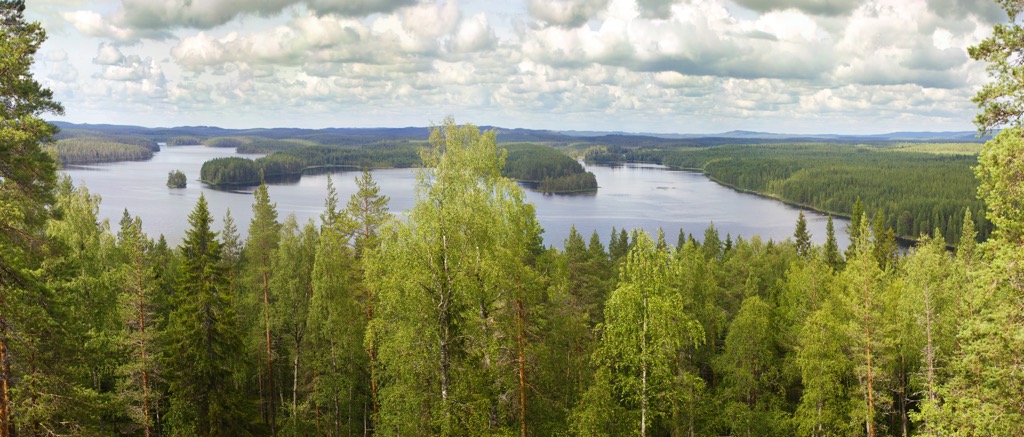
In other words, the Eastern Finland, rather than from Helsinki or Lapland, is connected with almost all the major vital things that form the basis of a nation’s identity.
Eastern Finland covers an area of 48,726 sq km (18,813 sq mi), but the six former provinces are about the same size, not counting the smallest, the Åland Islands (four others: Southern Finland, Western Finland, Oulu (modern North Ostrobothnia) and Lapland).
Internally, the province consisted and consists of three of Finland’s 19 smaller modern regions: North Karelia, North Savo, and South Savo.
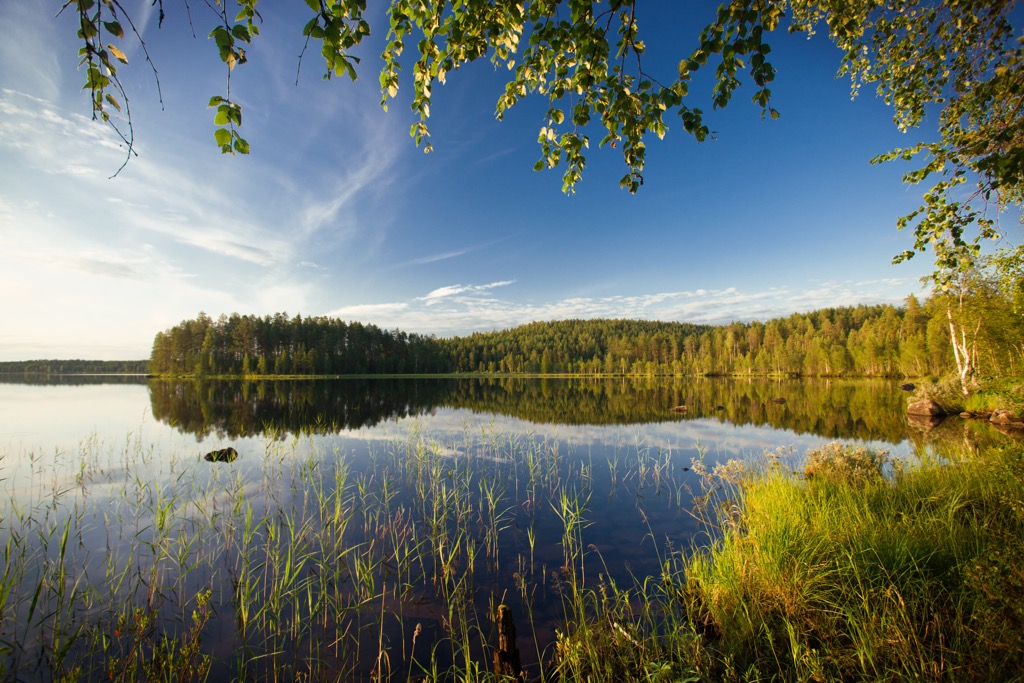
But if we consider the province as past of the Finnish Lakeland, which extends beyond its administrative borders, it also includes the Kainuu region to the north of North Karelia. In the same sense, in fact, the region also includes South Karelia at the southern end of the region, also with many lakes, including the largest, Saimaa, without which it would not be so vast.
The province also includes parts of four of Finland’s nine historic provinces: Savonia, Karelia, Ostrobothnia, and Tavastia on its western borders.
As a result, Eastern Finland equals about 1/4 of the country in all senses: geographical, administrative, historical, cultural, tourist, and some others.
There are six main features in the landscape of Eastern Finland, the main ones of which have already become clear before. Nevertheless, I will briefly talk about each of them again, including some new ones. To learn more about a particular feature, read the separate guides to the Eastern Finland regions (North Karelia, South Savo, and others):
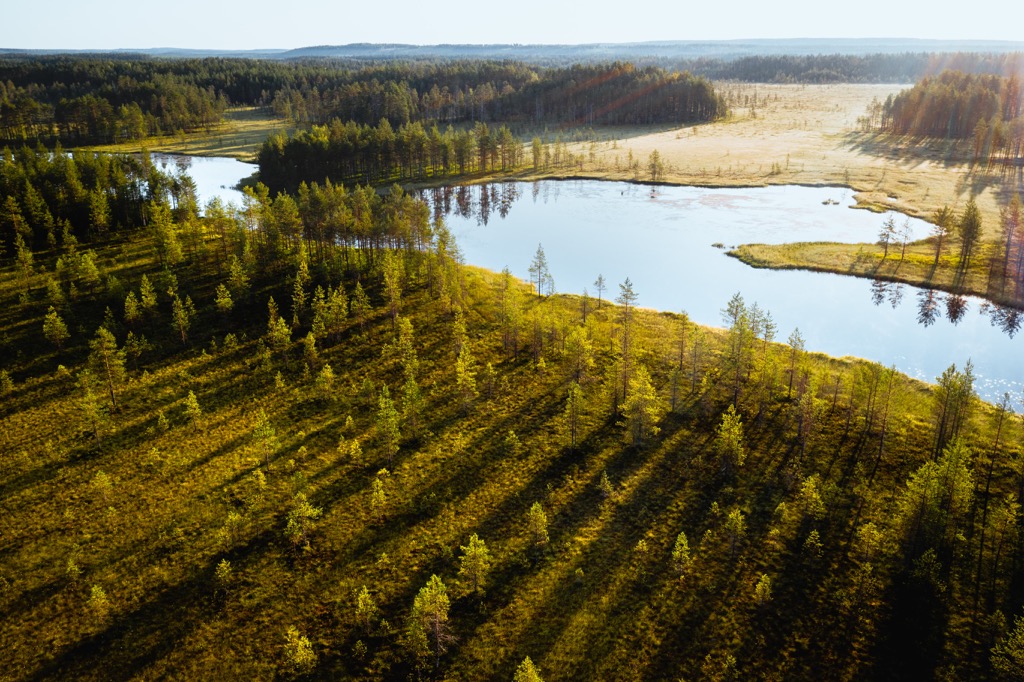
In total there are 7 of the 27 national landscapes in the region, including also Olavinlinna Castle and Pihlajavesi Lake in South Savo; Heinävesi Route and Väisälänmäki Village in North Savo, the Villages of North Karelian Hillside in North Karelia, and Imatrankoski in South Karelia.
There are 268 named mountains in Karelides in Eastern Finland, which are distributed as follows by region: 137 in Kainuu, 169 in North Savo, 36 in South Savo, and 48 in North Karelia. Add to these 26 in South Karelia and you get 416 mountains. They are roughly evenly distributed across the region, which means wherever you go for a hike, you’ll find a rocky peak with a view of the forest and lake—think of it as the best viewpoint.
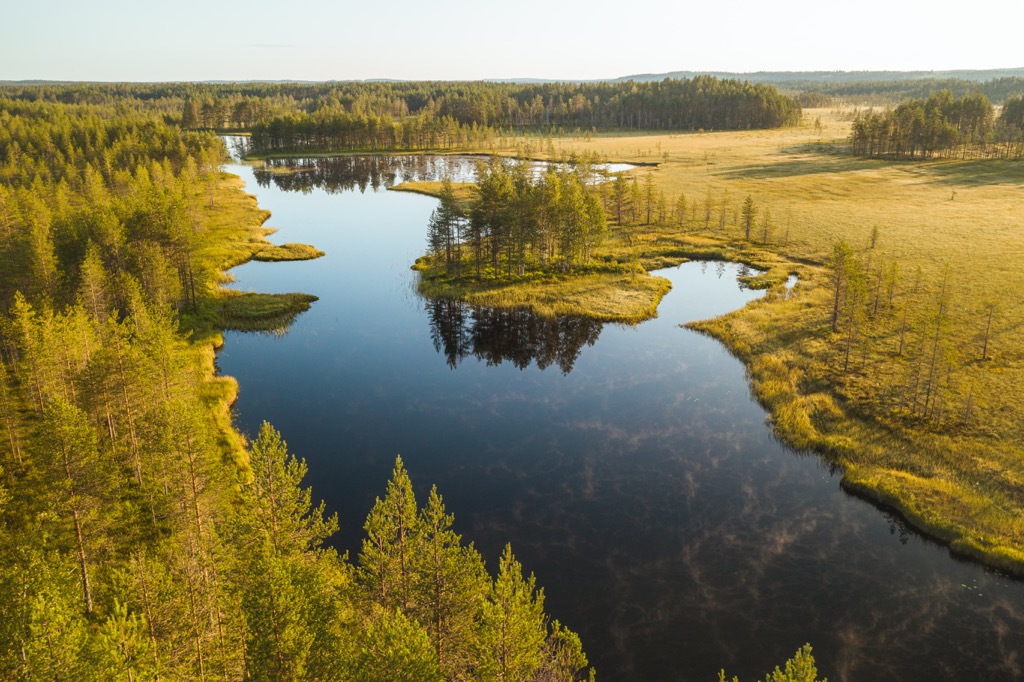
If we talk about individual mountains, the most famous in all of Eastern Finland is Koli, as I said before. The new fact is that it is a series of three peaks: Ukko-Koli (347 m / 1138 ft), Akka-Koli (339 m / 112 ft), and Paha-Koli (334 m / 1095 ft). They are located in Koli National Park in North Karelia. Another great mountain in the park, Mäkrä (306 m / 1003 ft), offers less photographed views of the park from its interior.
Then, Eastern Finland’s highest peaks are all in the Kainuu region. It is also a series of three nearby mountains: Välivaara (379 m / 1243 ft), Iso Nuottivaara (370 m / 1213 ft), and Siikavaara (368 m / 1207 ft). However, they are difficult to reach because they are located in a nature reserve and therefore almost unknown to tourists. Much better known are another three summits, which host the namesake ski resorts: Vuokatti (326 m / 1069 ft), Paljakka (270 m / 885 ft), and Konivaara (166 m / 544 ft).
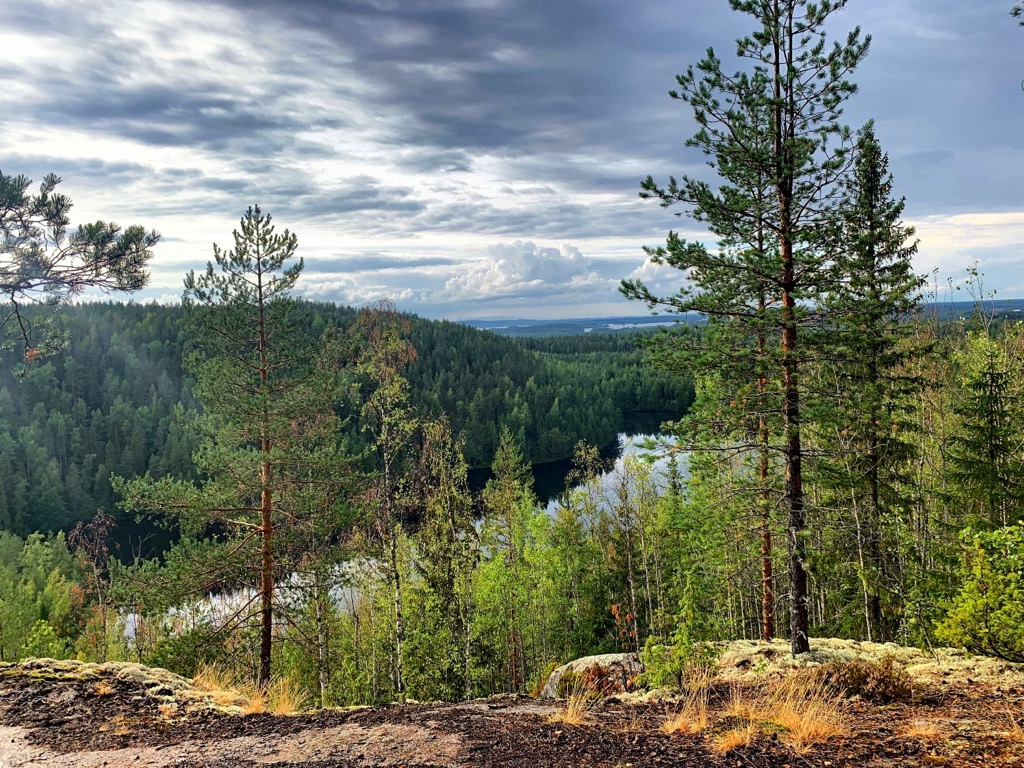
As you can also see above, the greatest number of peaks are located in Savonia. The three most notable of these are Välimäki (314 m / 1030 ft), the highest peak of the region; Tahkovuori (296 m / 971 ft), which is known for the Tahko Ski Resort; and Puijo (232 m / 761 ft) in the center of Kuopio, the region’s capital. They are all located in the northern part of the historical province. But the second, southern part of it is also not without peaks. The highest of these is Tornikangas (281 m / 922 ft), but the more famous is Neitvuori (184 m / 603 ft), called the “Switzerland of Savo”, thanks to the view on the lake. Runeberg (100 m / 82 ft), the highest point of Punkaharju Esker Ridge, is also in South Savo.
Bottom line: Despite the relatively low altitude and the small total number of mountains in Eastern Finland, many of them surpass the “real” mountains from other regions of the world in popularity. For example, you probably do not know the second highest mountain in Europe after Mont Blanc or even the world—after Everest, but you know Koli in Finland for sure. (Well, certainly after reading this guide.)
There are tens of different natural areas and long trails available for hiking and other outdoor activities in Eastern Finland. Given the size of the region, which covers 1/4 of not the world's smallest country (65th out of more than 200), I'll just list them here to help guide you. To learn more, follow the links:
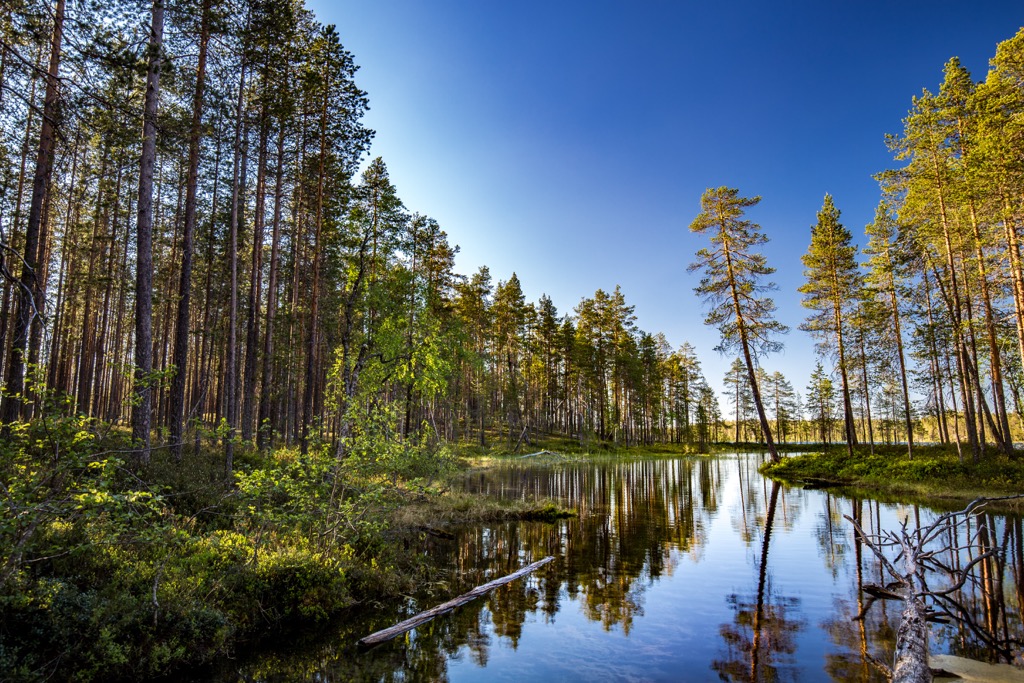
The most famous among the long hiking trails in Eastern Finland are Herajärvi Trail (30–61 km / 19–38 mi), which takes you around the Koli National Park and national UKK Trail (893 km / 554 mi) named after the Urho Kaleva Kekkonen—one of the presidents of Finland, which stretches along the east of the country. I hiked the first trail in 4 days, it is a must-do in the region.
Due to the low altitude of the mountains, Eastern Finland is not the main ski region of the country, being inferior to Lapland, where the tops of the same Karelides mountains reach almost 1000 m (3280 ft). However, due to its closer location to the Finnish capital, Helsinki, this part of the country is also not neglected. In Eastern Finland, you will find more than a dozen small ski resorts with ski slopes of all levels.
The best known among them is the same Koli Ski Resort (6 km / 4 mi of slopes and 3 lifts), but Tahko Ski Resort (20 km / 12 mi of slopes and 15 ski lifts) in North Savo and Ukkohalla Ski Resort (13.1 km / 8 mi of slopes and 5 ski lifts) in Kainuu outdo it in total length of slopes and are the best in the region.
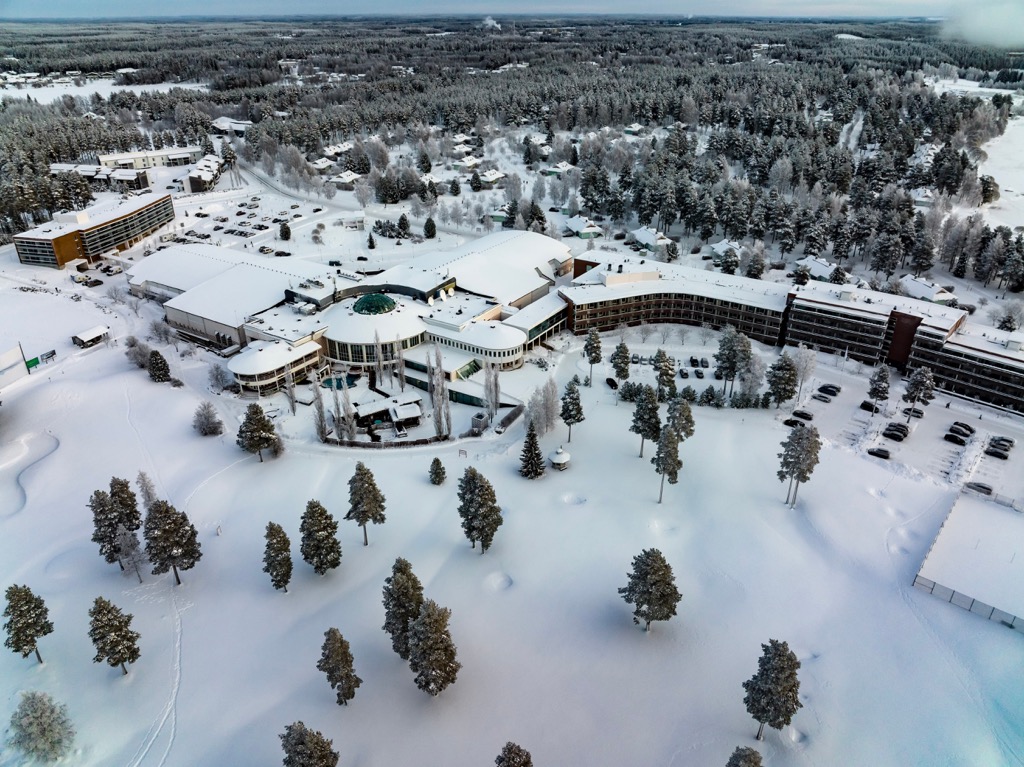
Learn more about ski resorts in Finland at World Mountain Lifts section of the site.
Before or after hiking in the mountains of Eastern Finland visit one of the official tourist offices of the province, which are located in all of its five capital cities:
Kajaani Tourist Information
Pohjolankatu, 13, 87100, Kajaani, Finland
Monday to Thursday from 8 am to 16 pm, on Fridays from 9 am to 15 pm
+358861552555
Kuopio Tourist Information
Kauppakatu, 45, 70110, Kuopio, Finland
Monday to Friday from 9 am to 6 pm, on Saturdays from 9 am to 3 pm
+358401234567
Mikkeli Tourist Information
Maaherrankatu, 22, 50100, Mikkeli, Finland
+358447945669
Cultural and Tourism Center “Carelicum”
Koskikatu, 5, 80100, Joensuu, Finland
Monday to Friday from 10 am to 4 pm
+358132675222
Lappeenranta Region Tourist Information
Brahenkatu, 5, 53100 Lappeenranta, Finland
Monday to Saturday from 10 am to 5 pm
+3585667788
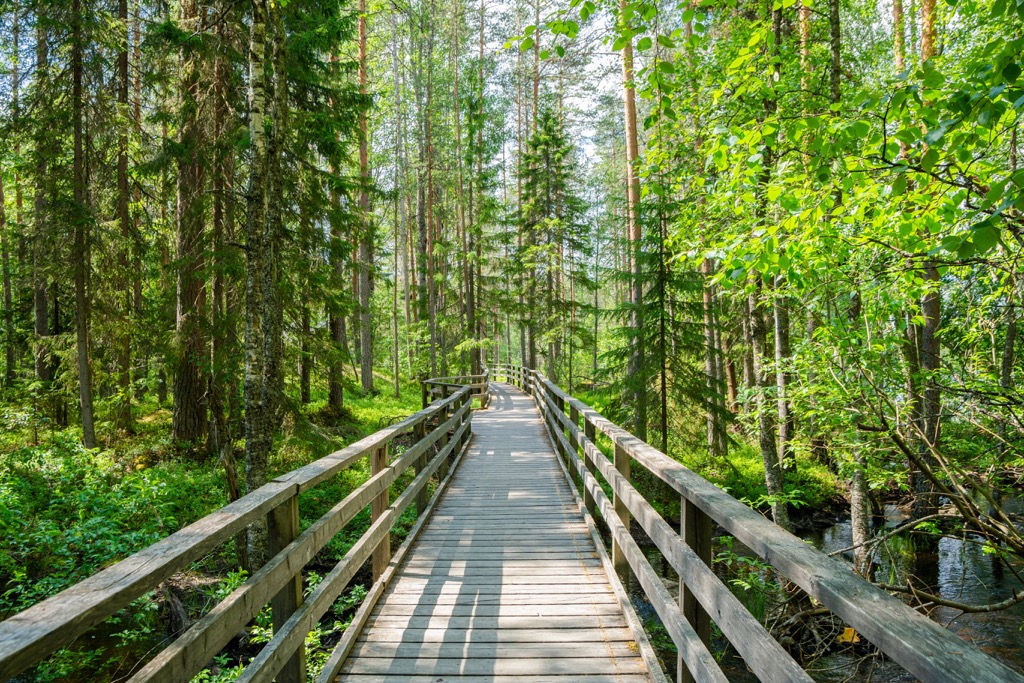
The most popular type of accommodation while hiking in Eastern Finland is an ordinary tent that you carry with you and can pitch anywhere, even on private property. This is thanks to the special "Everyman's Right" law. The same law allows you to pick mushrooms and berries and other gifts of nature all over the province and just wander wherever you want.
But if you want a more stable roof over your head for a night, you can reserve a place in a hut or rent an entire one. For example, there are as many as 11 rental huts in the Koli National Park. They cost about € 43 to € 85 per day for a whole house for two, four, or more people. But you need to book them a few months in advance—in summer they are always rented.
In the north of the province, in Kainuu you can also find the southernmost open wilderness huts (of Lapland), which, as the name suggests, are free, they do not need to be booked in advance. For example, in Hossa National Park, the most popular in this region, there are 5 such huts, but also 12 rental huts similar to those in Koli.
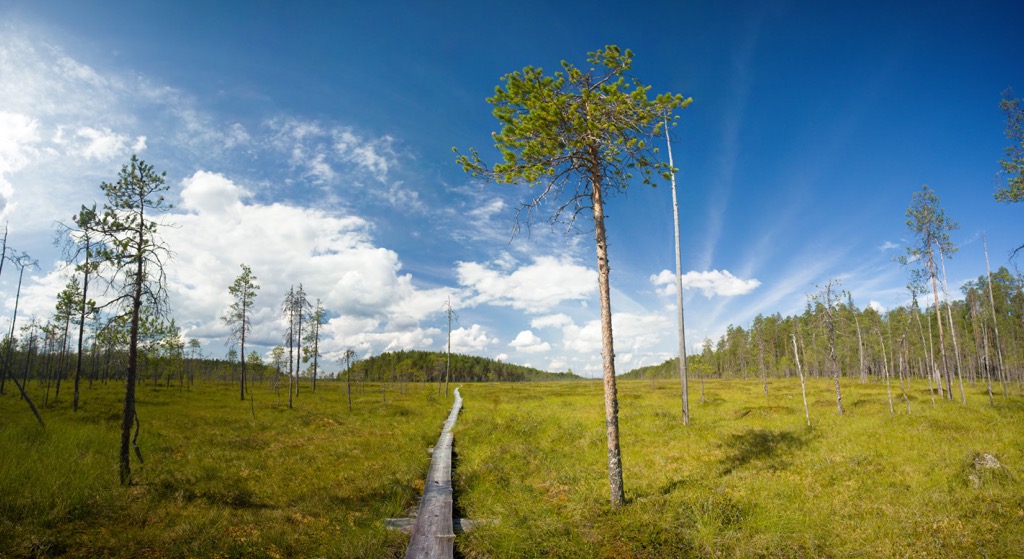
As it has already become clear, the five main cities of Eastern Finland are the capitals of its constituent regions: Kajaani in Kainuu, Kuopio in North Savo, Mikkeli in South Savo, Joensuu in North Karelia, and Lappeenranta in South Karelia as a part of larger Lakeland.
Cities in Eastern Finland, as well as in the country as a whole, are different in that they are small and cozy, even in the case of capitals. They are more like towns, which, in turn, are more like villages, which—again—are usually located in the middle of the wilderness.
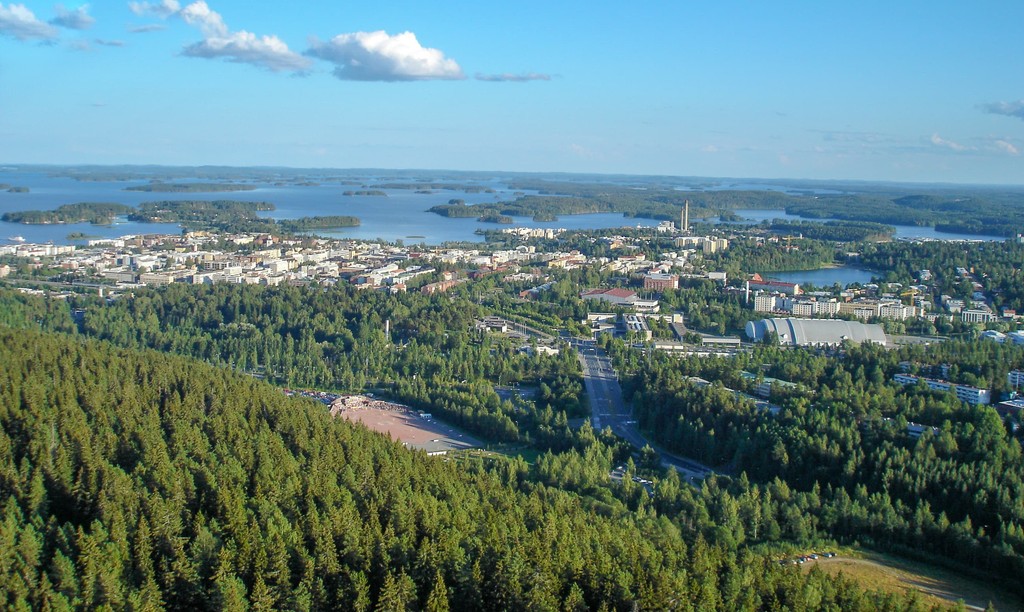
Nevertheless, the main towns and resorts of the province with an even greater amount of tranquility in the bosom of nature are Suomussalmi and Kuhmo in Kainuu; Tahko in North Savo; Savonlinna and Pieksämäki in South Savo; Heinävesi, Ilomantsi, Juuka, Lieksa, Nurmes, and others in North Karelia; and Imatra, Parikkala, Rautjärvi, Lemi, Luumäki, and the wonderful Savitaipale, which I consider one of my Finnish homes, in South Karelia.
Do not forget about the aforementioned Kalevala Villages, which will be interesting in terms of culture. These include Paltamo, Puolanka, Rimpi, Kianta, Lonkka, and several others.
The official tourist site of Eastern Finland: Visitfinland.com/en/places-to-go/lakeland.
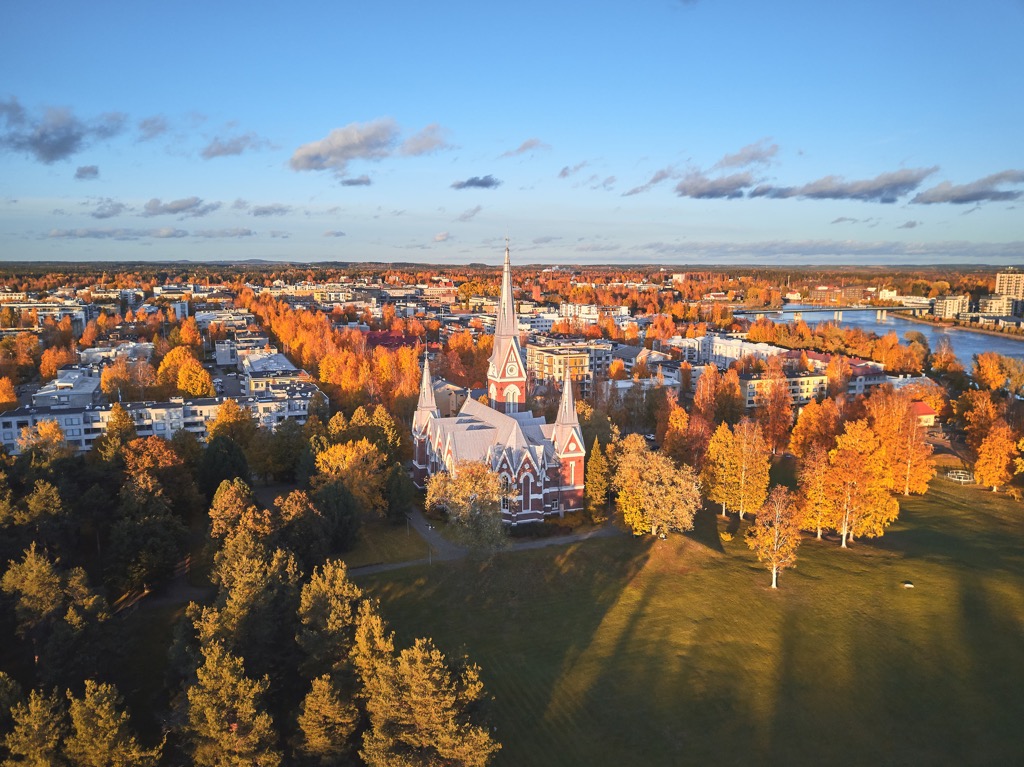
Explore Eastern Finland with the PeakVisor 3D Map and identify its summits.








